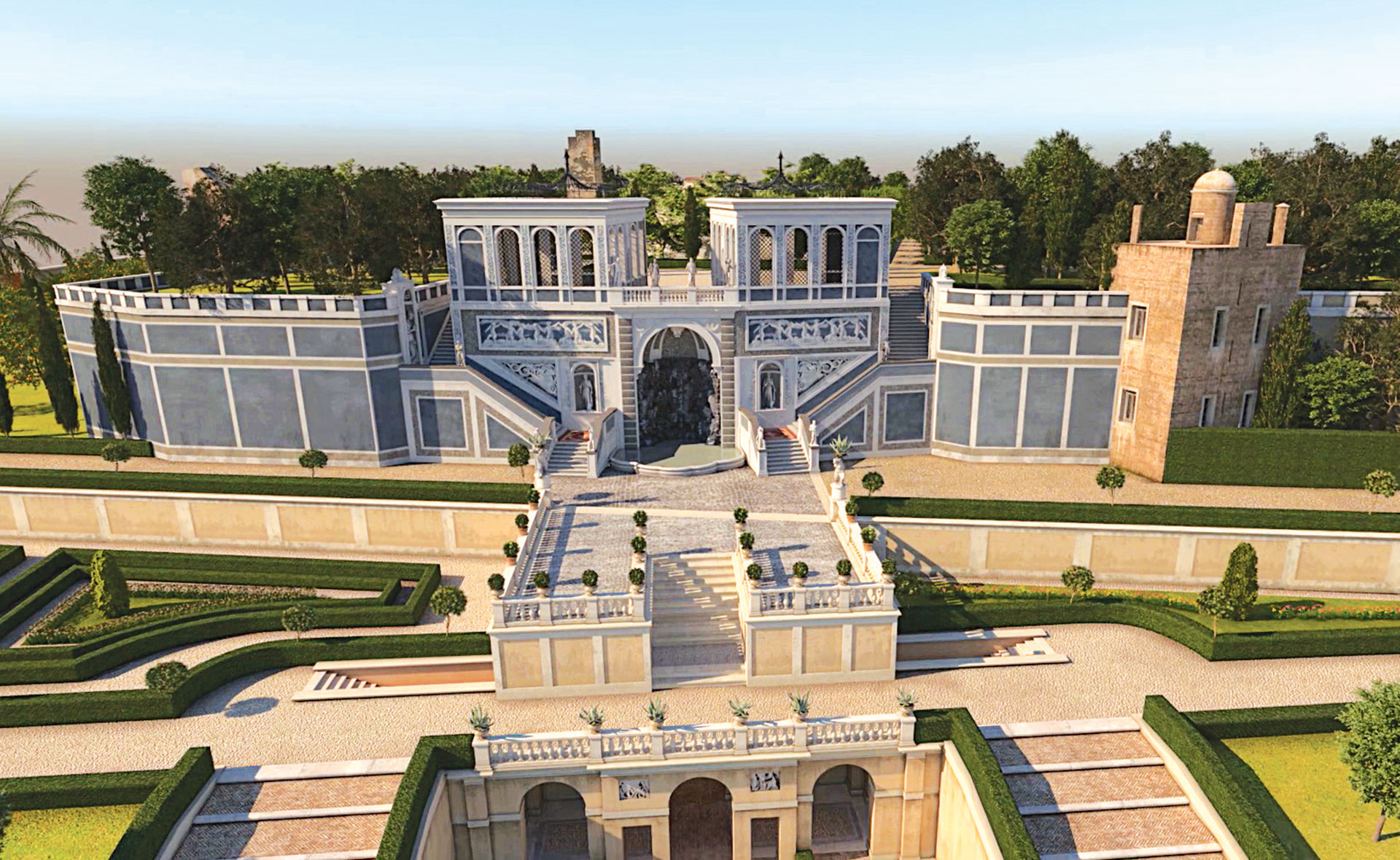The Farnese Gardens have been restored to their original glory.

The history of the Horti Palatini Farnesiorum begins in 1537, when Cardinal Alessandro Farnese, the grandson of Pope Paul III, acquired the ruins of the “Domus Tiberiana” with the aim of creating a place of magic, the world’s first botanical garden.
This grandiose project was begun by the noted architect, Giacomo Barozzi da Vignola at the end of the sixteenth century and completed by Jacopo del Duca and Girolamo Rainaldi. The Farnese gardens may be reached through the Vignola’s imposing portal in via di San Gregorio. From here, a system of ramps and terraces leads the visitor to the Ninfeo della Pioggia (a nymphaeum), featuring a splendid fountain at its centre. It was in this spot that the Farnese family loved to hold their summer banquets.
Above the Ninfeo lies the Teatro del Fontanone, with a large central fountain and two ramps leading to the two aviaries; in the past, these blue-coloured pavilions housed a collection of rare and exotic birds, the source of admiration and amazement for the visitors to the villa.
The view from the terrace offers a truly unique panorama. It is interesting to note that there is another sixteenth century nymphaeum near the Palatine hill; located close to the ancient walls of the “Domus Tiberiana”, it is known as the Ninfeo degli Specchi and attributed to the architect Pirro Ligorio. This nymphaeum, which is in the form of a cave, is decorated with stalactites and mosaics and takes its name from the statues of the satyrs placed in the niches that once held objects similar to mirrors.
Finally, at the top of the Palatine hill, stands a genuine Renaissance jewel, the Casino Farnese. Inside, visitors can admire fascinating mythological frescoes, such as those depicting the story of how, according to legend, Hercules defeated Cacus, right here on the Palatino hill.
